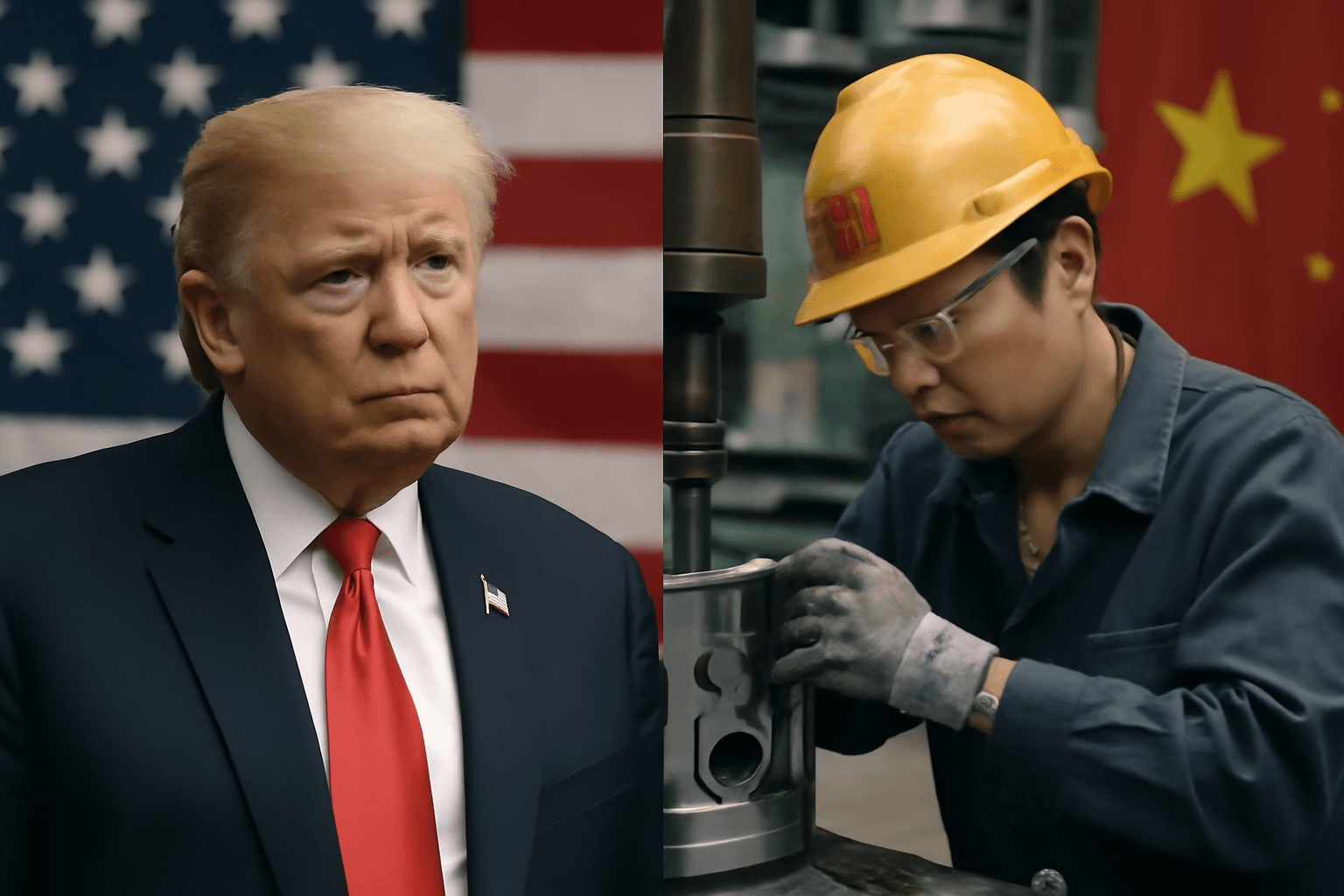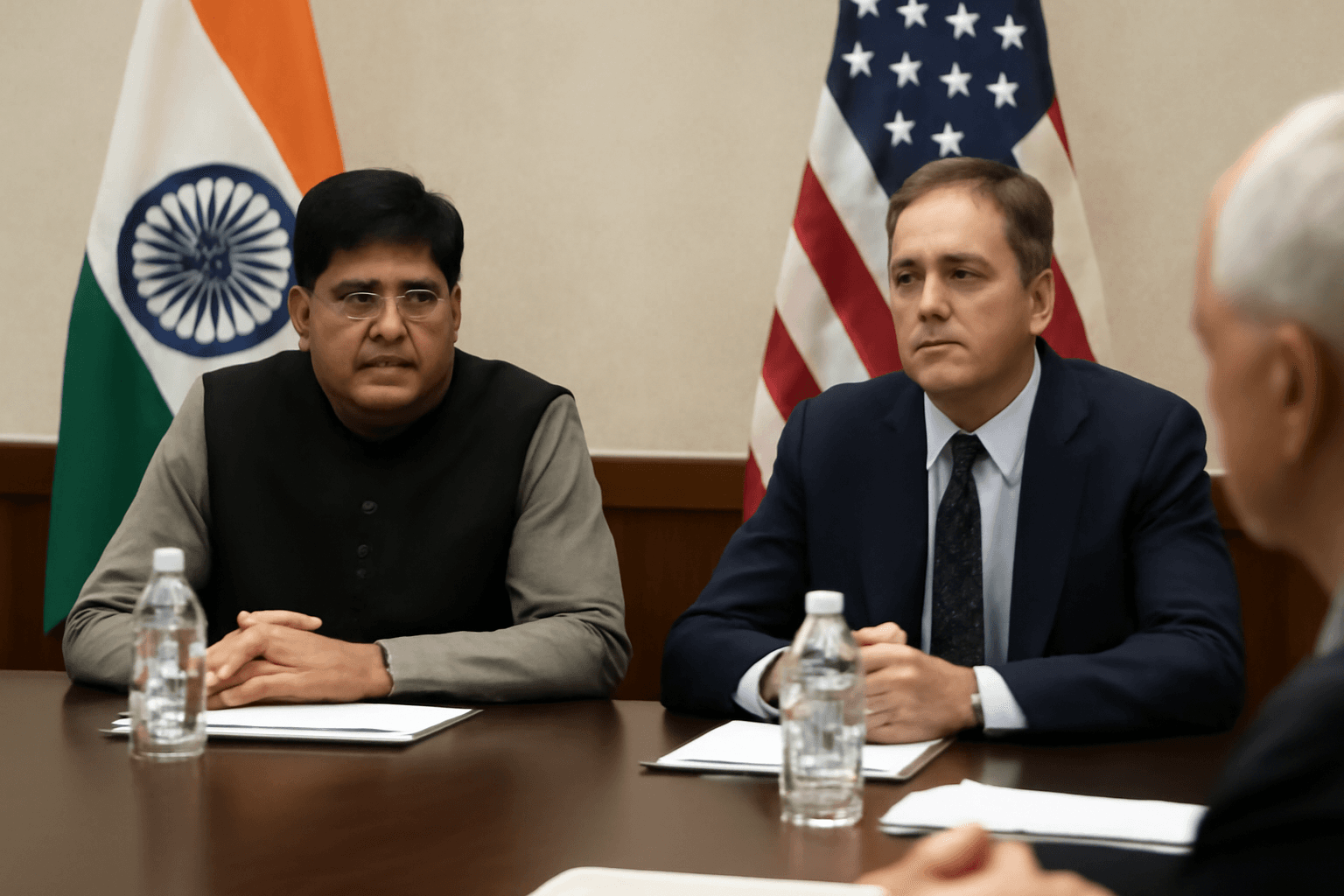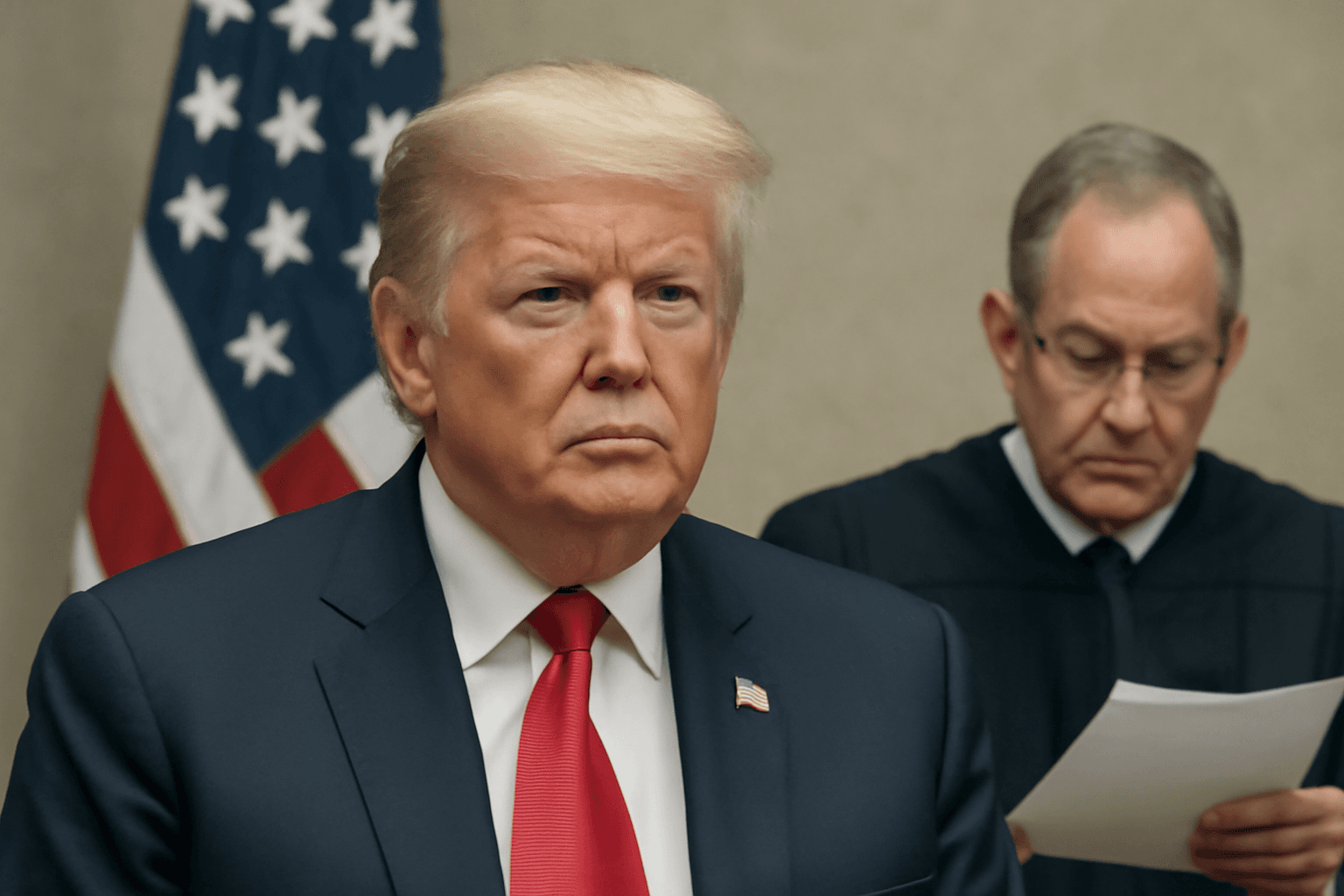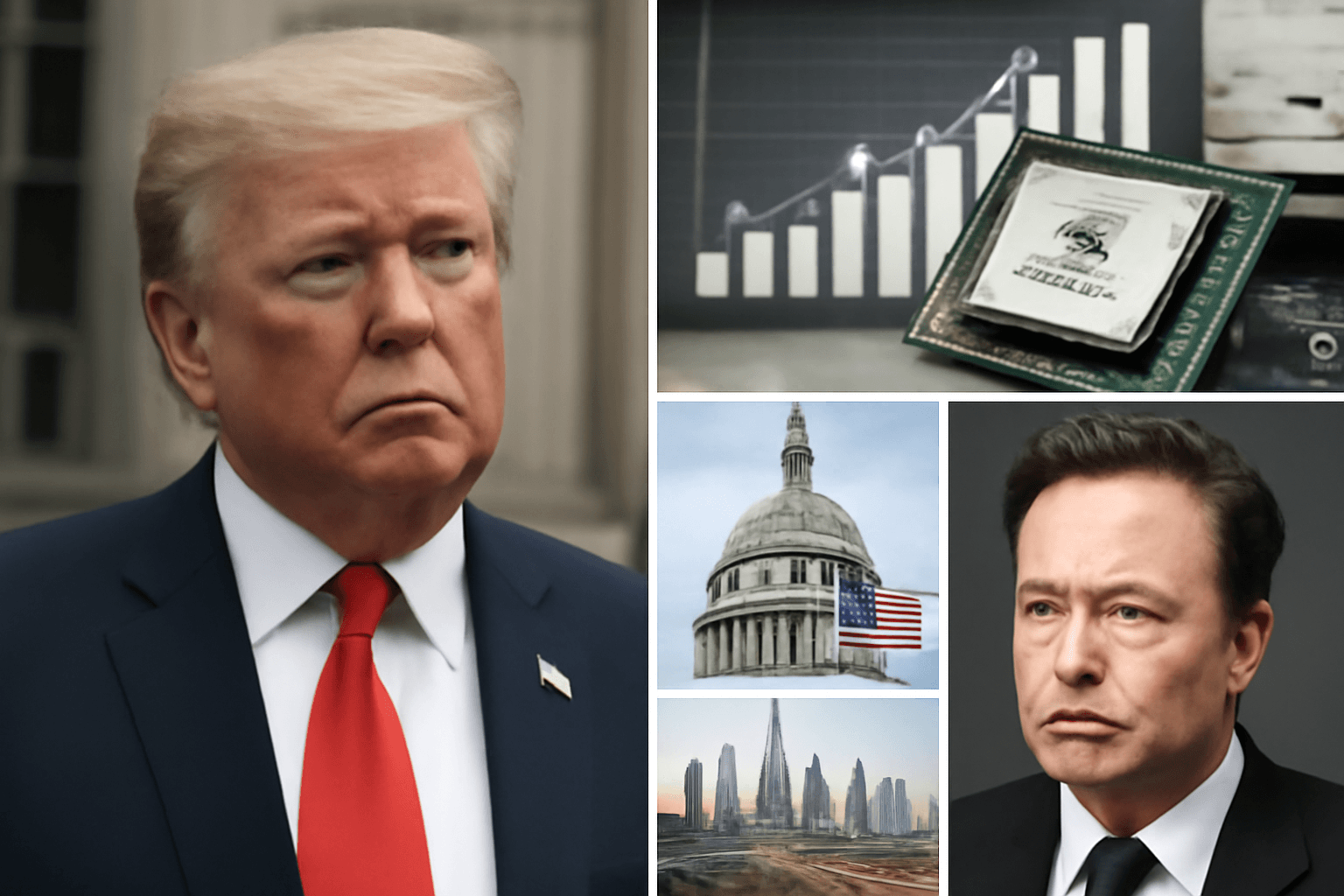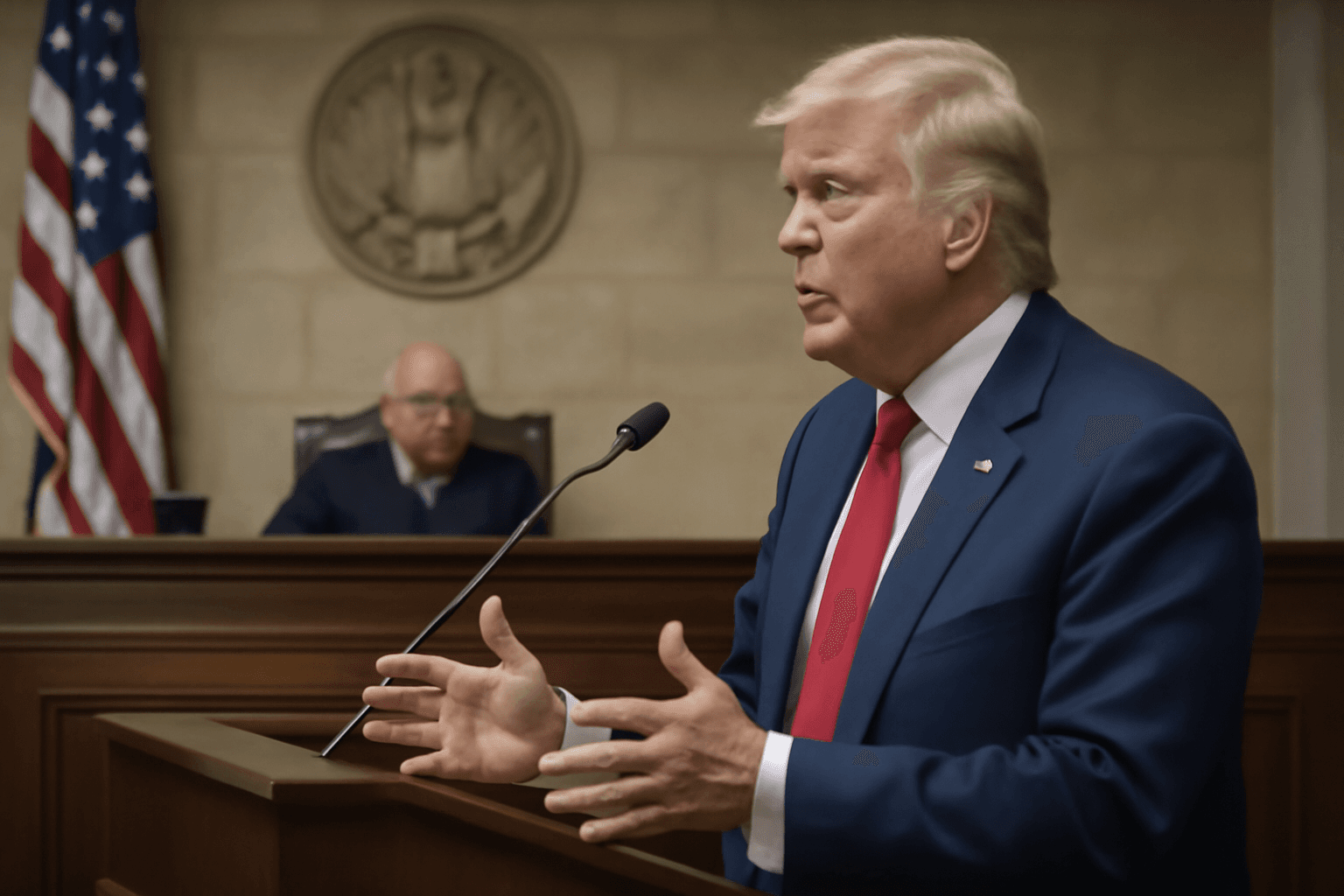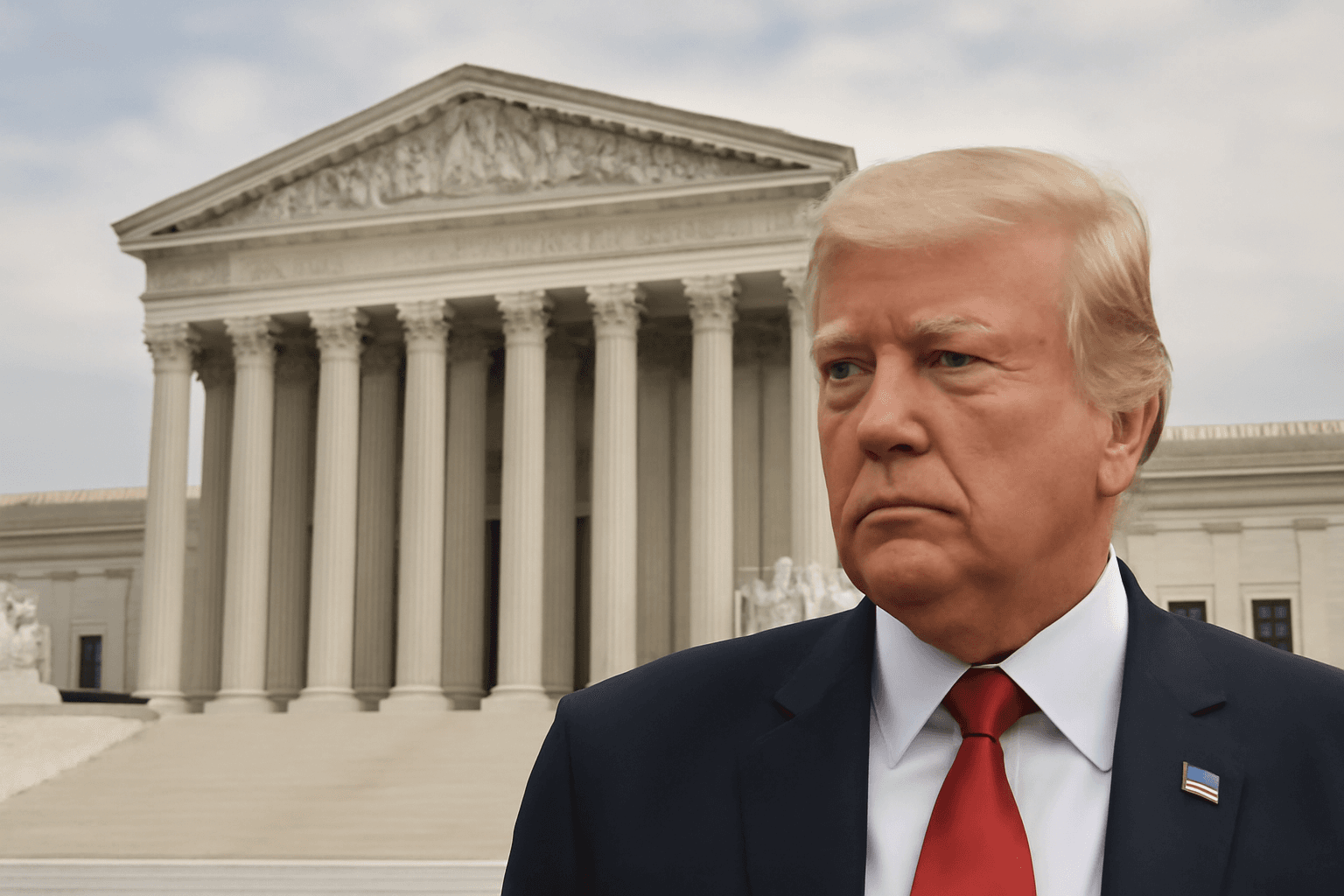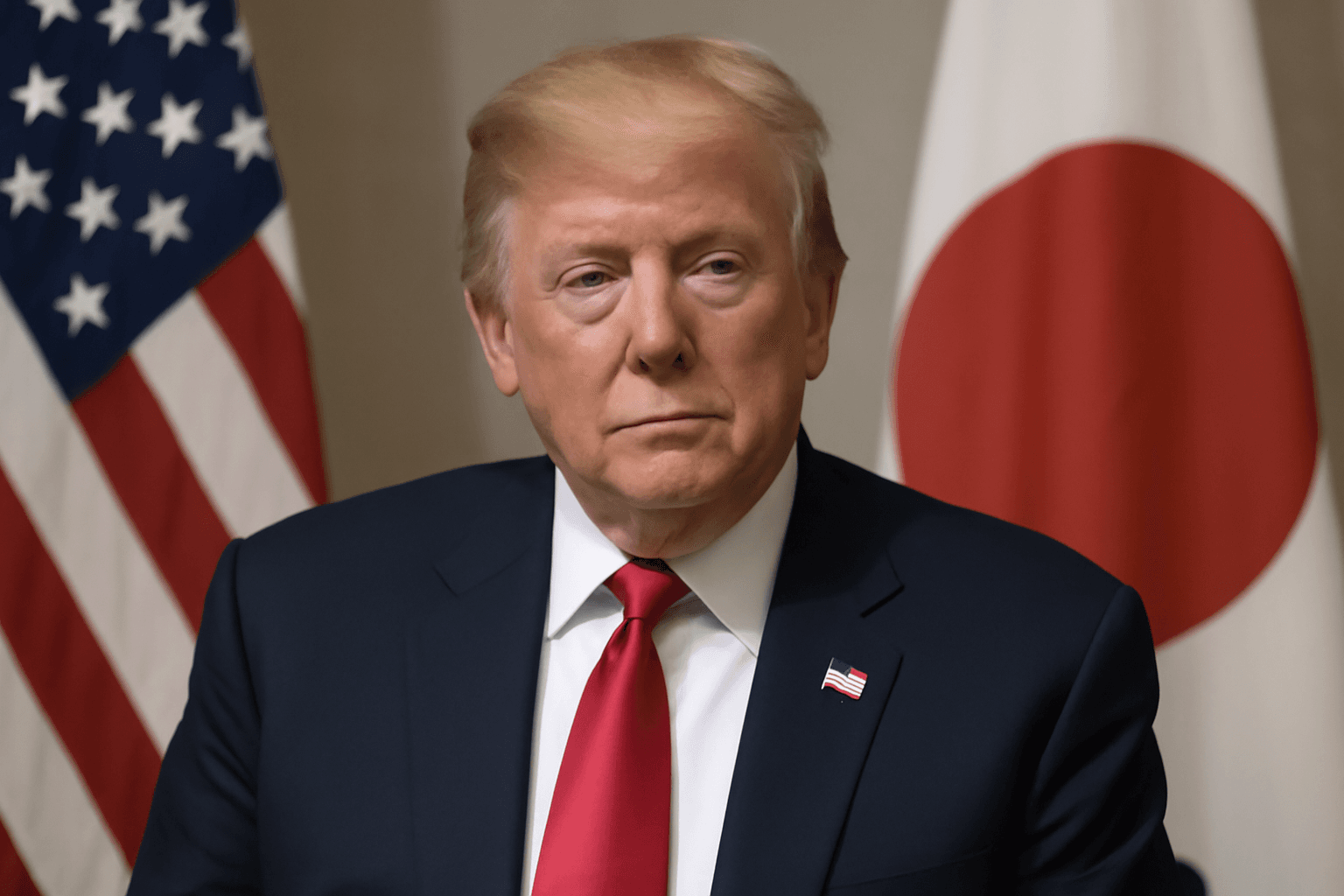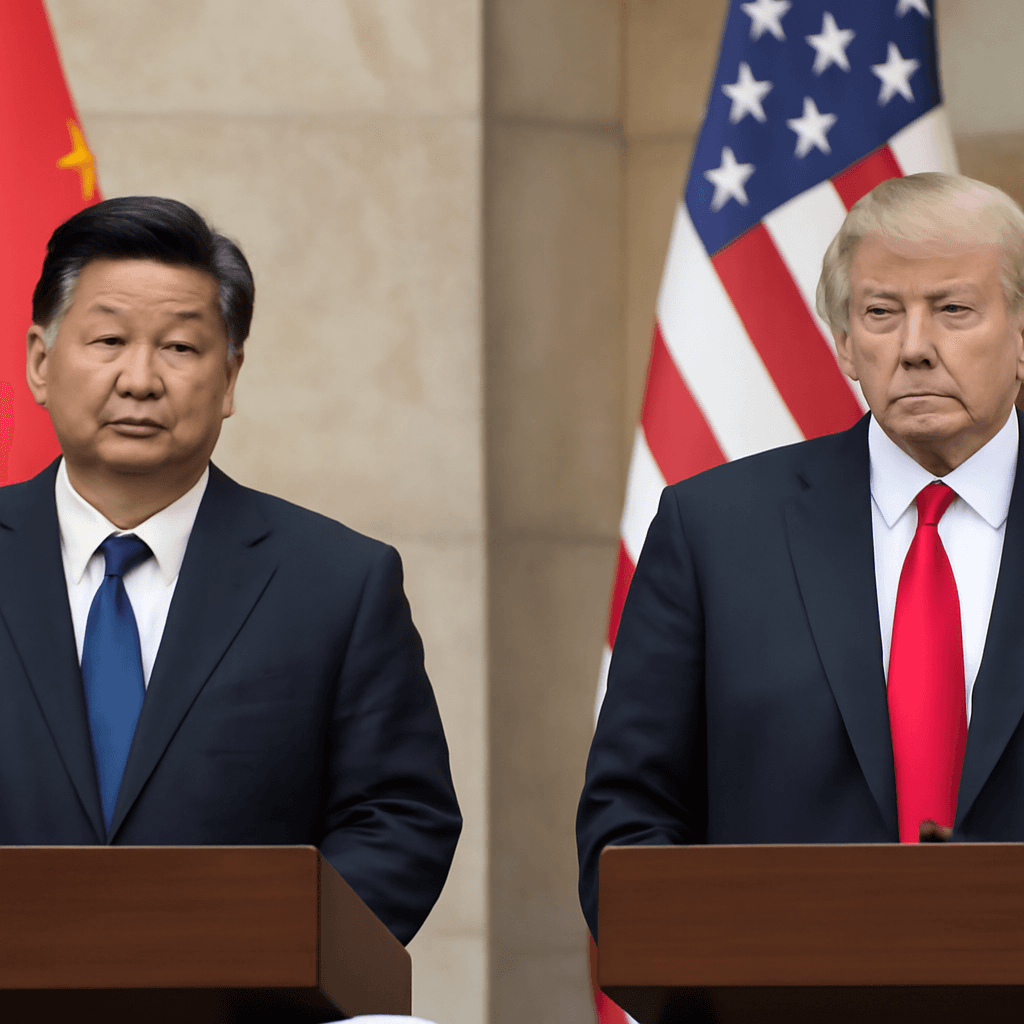US Trade Deficit Narrows Sharply as Import Demand Drops
In a remarkable economic shift, the United States reported a significant reduction in its trade deficit in June 2025, hitting its lowest point since September 2023. This contraction, primarily fueled by a steep decline in consumer goods imports and a dramatic narrowing of the trade gap with China, highlights the evolving impact of former President Donald Trump's tariff policies on American trade dynamics.
June Trade Figures Reveal Pivotal Changes
According to data released by the Commerce Department’s Bureau of Economic Analysis on August 5, the overall US trade deficit contracted by 16.0%, falling from $71.7 billion in May to $60.2 billion in June. Exports of goods and services were slightly down at $277.3 billion, compared to over $278 billion the previous month. Meanwhile, imports dropped more significantly, sliding to $337.5 billion from $350.3 billion, underscoring a notable pullback in consumer goods purchases.
The Role of Tariffs in Shaping Trade Flows
Market analysts largely attribute this shift to the ripple effects of Trump's aggressive tariff regime. In the months leading up to August, a surge in imports was seen as businesses and consumers rushed to stockpile goods ahead of anticipated tariff hikes. However, the subsequent decline in imports reflects a recalibration of trade patterns, as prices adjusted and supply chains adapted to the new cost structures.
Trump's strategy, which includes tariffs ranging from 10% to 41% on numerous imported products, has raised the average US tariff rate to an estimated 18.3% — a level not seen since the New Deal era of 1934, according to Yale's Budget Lab. These measures have imposed higher costs on imported goods while aiming to protect domestic industries.
Historic Rebalancing of US-China Trade Relationship
A standout aspect of the report is the dramatic reduction in the US trade deficit with China. The deficit contracted to just $9.5 billion in June, its smallest since February 2004, representing a 70% decrease over a five-month span. This decline corresponds with the imposition of a 30% tariff on the majority of Chinese imports, which caused imports from China to fall to $18.9 billion — the lowest level since 2009.
This sharp reduction has disrupted longstanding supply chain dynamics and forced businesses to reconsider sourcing strategies. Recent trade negotiations held in Sweden between US and Chinese representatives reflect ongoing attempts to navigate the complexities wrought by escalating tariffs. However, no definitive resolutions have emerged, leaving uncertainty in global trade relations.
Economic Impact Beyond the Trade Deficit
The trade deficit contraction contributed significantly to the US economic rebound in the second quarter of 2025. After a sluggish start to the year with GDP contracting at an annualized 0.5% rate, the economy bounced back robustly with a 3.0% growth rate in the following quarter, buoyed in part by trade improvements. This turnaround demonstrates how trade policy tools and international market shifts can have far-reaching effects on domestic economic health.
Expert Perspective: Navigating the Tariff Terrain
Trade economists caution that while tariffs may offer short-term benefits such as narrowing trade deficits and protecting specific industries, they also risk prompting retaliation and long-term disruptions to global supply chains. American consumers may face higher prices, and companies dependent on global suppliers must innovate or relocate manufacturing, potentially reshaping the US industrial landscape.
Moreover, analysts urge policymakers to consider whether tariff measures align with broader economic objectives, including competitiveness, inflation control, and sustaining healthy trade partnerships.
Looking Ahead: Key Questions for Policymakers
- Can ongoing trade negotiations between the US and China lead to sustainable agreements that balance economic interests and geopolitical considerations?
- What strategies can US businesses adopt to mitigate risks posed by tariff volatility and shifting global supply networks?
- How will the interplay of tariffs and consumer behavior influence inflation and economic growth in the coming quarters?
Editor’s Note
The recent contraction in the US trade deficit signals a pivotal moment shaped by complex tariff policies and shifting global supply chains. While the reduction in imports and dramatic narrowing of the China trade gap suggest immediate economic recalibrations, the broader implications for consumer prices, industrial competitiveness, and international relations remain unsettled.
As tariff measures reshape trade patterns reminiscent of bygone protectionist eras, policymakers and stakeholders must balance short-term gains with long-term economic resilience. The evolving US-China trade dynamics in particular demand careful monitoring, as they are critical not only for bilateral relations but for the global economic order itself.
For readers and analysts alike, these developments underscore the need for informed dialogue on the cost-benefit tradeoffs of tariff-driven trade policies in an interconnected world economy.



